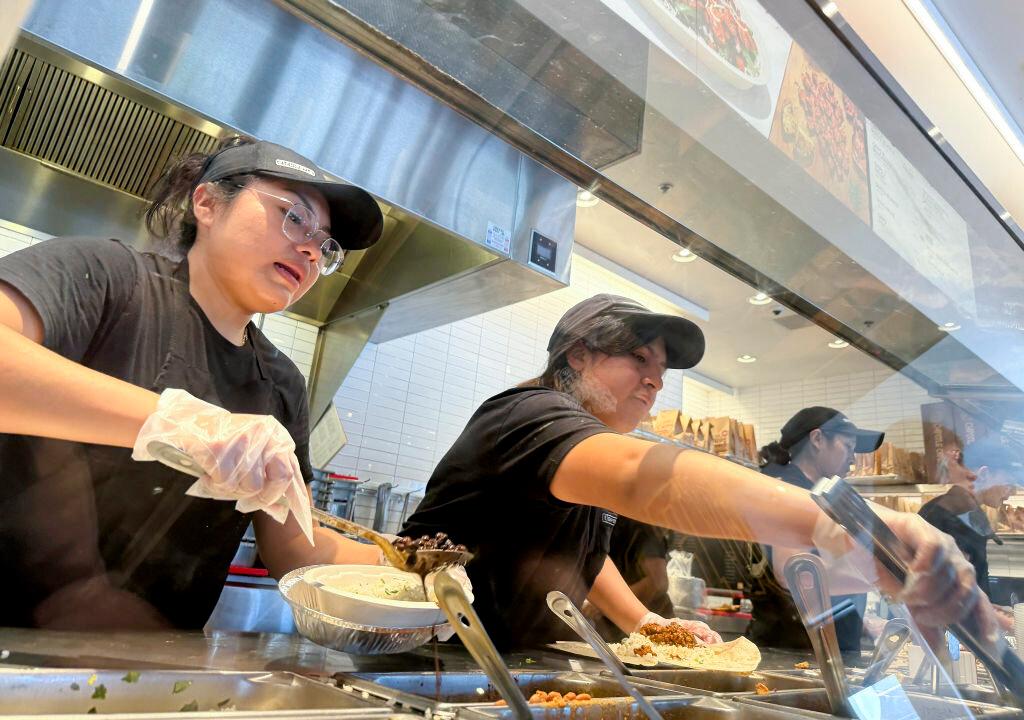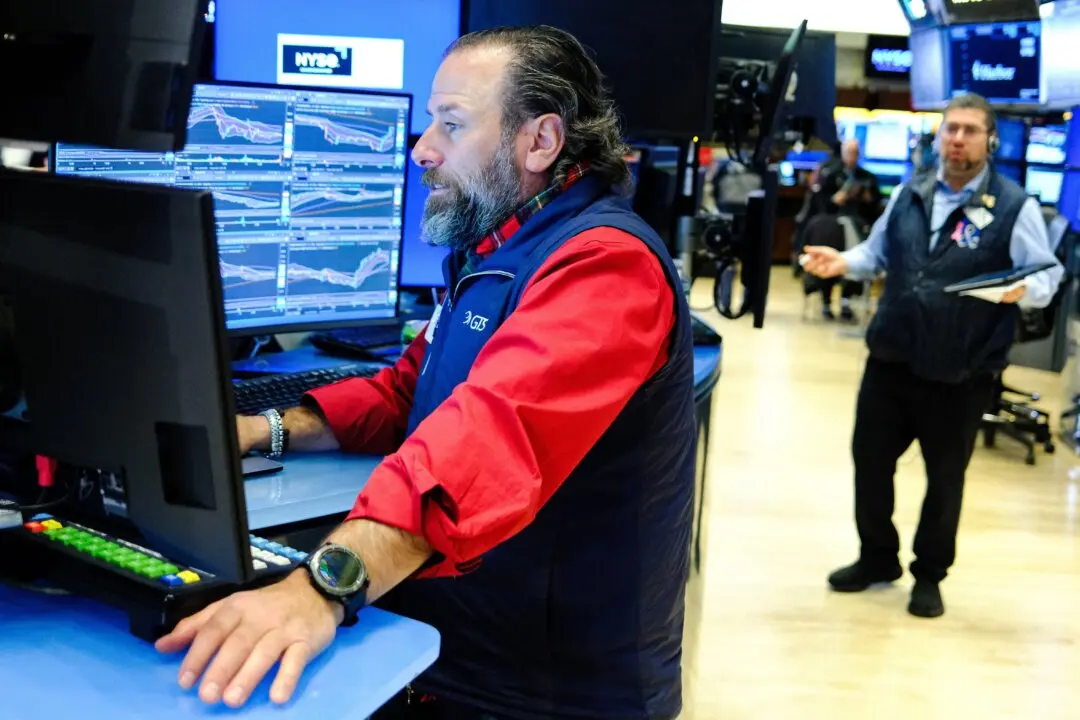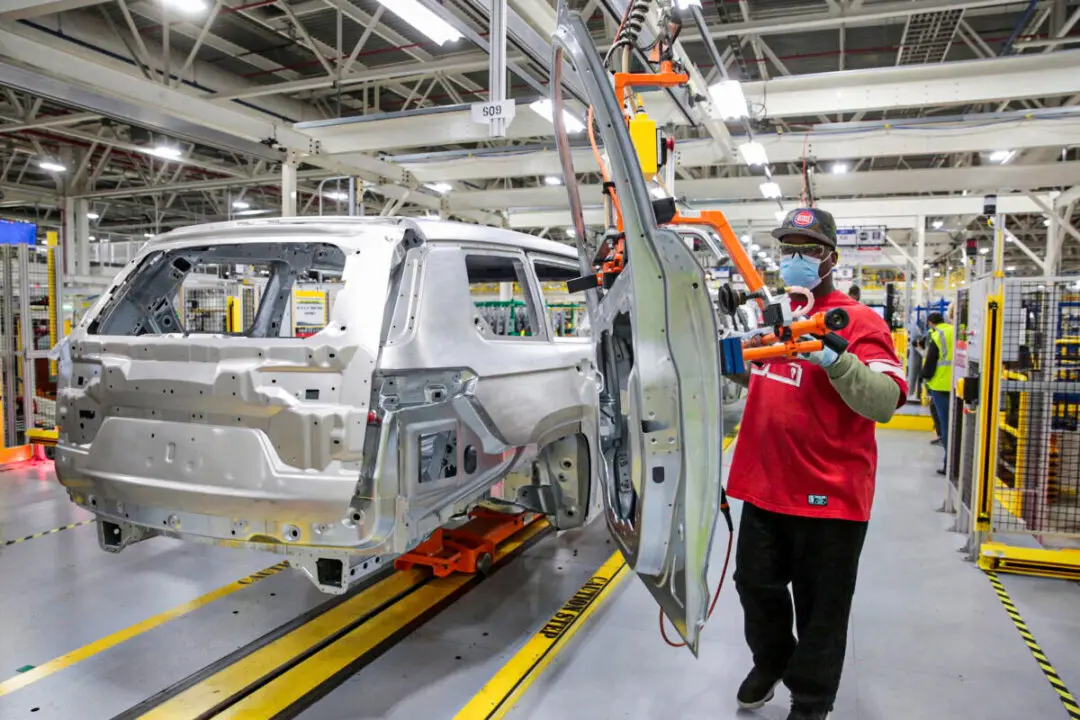U.S. restaurants have been caught between minimum wage hikes and rising food material costs on one side and growing competition on the other, squeezing profit margins.
Recent financial reports show a slowdown in restaurant revenues and a rise in labor and materials costs. These two trends have resulted in lower gross margins, disappointing industry investors.





